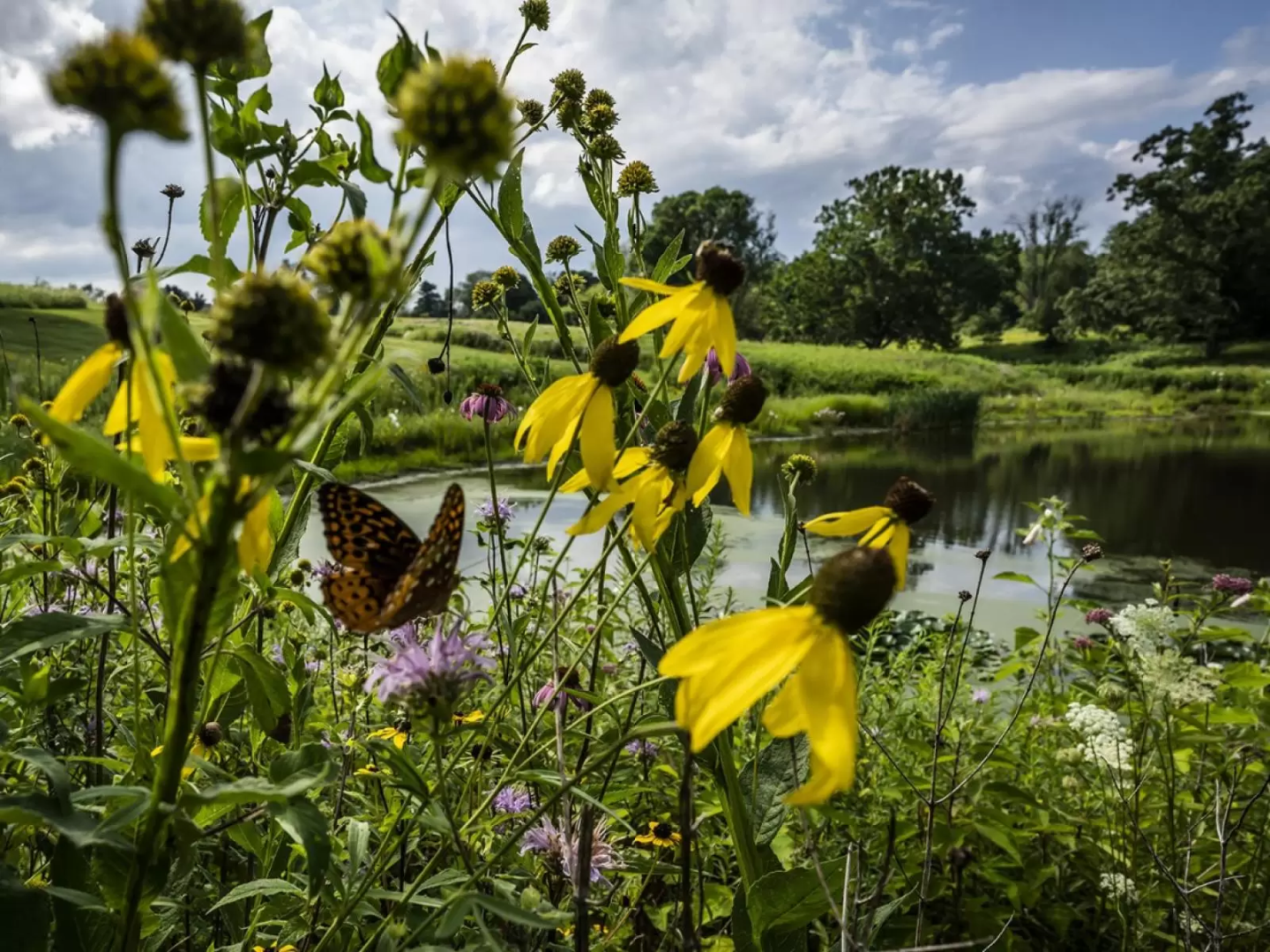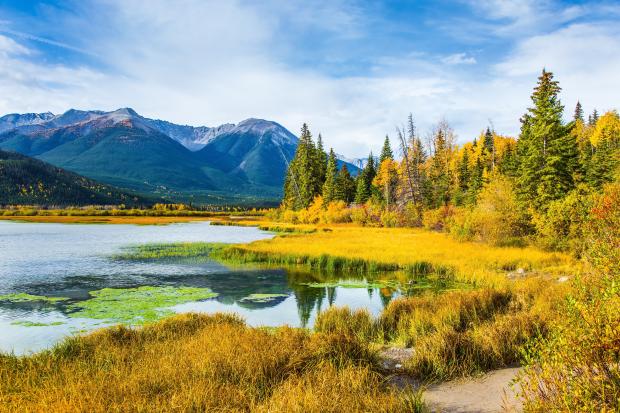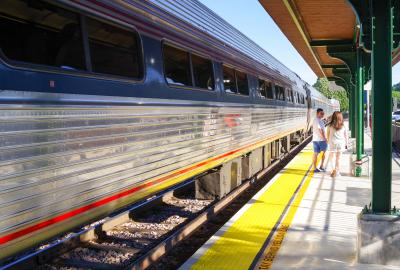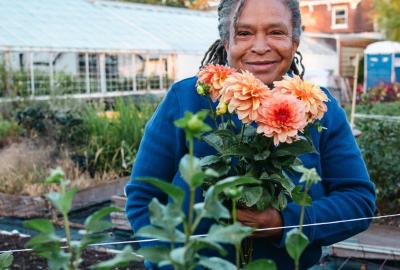
Back to the land
With green burials, people and nature can rest in peace.
You won’t see ornate tombs or neat rows of headstones at the White Eagle Memorial Preserve. And you won’t hear any mowers or weed whackers manicuring the grounds. Instead, graves, some marked by natural stones, are placed among acres of native grasses and wildflowers, serenaded by birds that flit through stands of pine and oak.
White Eagle, a “conservation cemetery” in southern Washington state, is emblematic of the growing green burial movement, which is devoted to attending to the dead in Earth-friendly ways. Today, there are hundreds of sites around the nation where the ideas of what a final resting place looks like are being rethought and remade.
“People are coming to understand that the intimate decisions they make about the end of their lives can reinforce their connection to the land, and help to protect what’s important to them,” says Jodie Buller, who manages White Eagle.
What is green burial?
Burial customs differ around the world and across cultures, but in the U.S., green, or natural, burial offers an environmentally conscious take on long-dominant traditions. It does this, typically, by forgoing embalming, which uses harmful chemicals, as well as caskets of hardwood or metal laid into concrete-lined graves. Biodegradable, low-impact materials such as cloth shrouds and wicker caskets — or even seeded urns that transform ashes into a living tree — take their place. Bodies are usually placed at a depth that optimizes natural decomposition, returning nutrients to the soil and nourishing surrounding organisms.
A need for alternatives
For anyone who tries to tread lightly on Earth in life, the high environmental cost of a death in the U.S. can be dismaying. The Green Burial Council estimates that more than 4 million gallons of embalming fluid, 1.6 million tons of concrete, 64,500 tons of steel and 20 million board-feet of hardwood accompany bodies into the ground every year. And state cremation laws generally require heating a furnace to more than 1,400 degrees Fahrenheit for up to two hours, generating emissions roughly equal to a 500-mile car trip.
Numbers like that are driving the search for alternatives. A 2019 survey by the National Funeral Directors Association found that more than half of respondents were interested in green funerals, and that almost three quarters of cemeteries reported increased demand for them.
Many shades of green
Cemeteries differ in their approach to natural burials. Some are designed exclusively for them, while others combine natural burial sections with areas of conventional graves. Some preserve a lush-lawn aesthetic. At others, the burial of a loved one can help protect natural habitats. At White Eagle, for instance, the 20-acre cemetery supports the conservation of more than 1,200 acres of surrounding wildlands.
“These are very personal decisions,” says Heidi Hannapel, co-founder of Bluestem Conservation Cemetery, slated to open next year on 87 acres of rolling farmland and forests in North Carolina’s Piedmont region. “We want to respect everyone’s choices and offer a place where people can bring cremated remains or be buried full-body, naturally.”
Where to find eco-friendly burial options
More than 300 cemeteries and burial grounds provide natural burial options in the U.S. and Canada. Here’s a comprehensive list.
The Green Burial Council, which has established standards for eco-friendly burials and burial grounds, compiles GBC-certified cemeteries.
The Conservation Burial Alliance, which fosters the conservation of land with natural burial, lists conservation burial sites in the U.S.

What’s right for you?
Laws and traditions vary across the world, and from state to state. Those who choose a conventional burial in the U.S. can make their choice greener — and more affordable — simply by declining embalming, hardwood caskets and vaults. “We can make choices now about how that final event can have a greater purpose," says Hannapel. "Even in death, we can give something back to the Earth.”


